Take out the guesswork and learn how to plant strawberries either from bare root or by transplanting seedlings in this easy step-by-step tutorial.
Whether your strawberry patch is in-ground, a raised bed, or a pot, these tips will make the most of your efforts to get the maximum harvest. Included are instructions on how to care for strawberry plants in order to grow and keep them healthy all winter long.

Why I Love Growing Strawberries
First of all, if you’ve ever had a home-grown strawberry and then tasted strawberries purchased from the store, then you’ve experienced the disappointment I’m about to talk about. Strawberries grown out of season from California (or Mexico) just don’t taste the same as summer-sun-ripened fruit plucked right off the vine.
No matter how beautiful a berry may look, it is the taste that counts. Store-bought strawberries are never red in color all the way through, and the texture and flavor leave much to be desired.
Nothing says summer to me quite like fresh, ripe strawberries. They are not only good to eat fresh but also delicious baked into desserts. (Learn how to preserve strawberries so they’ll stay fresh longer!)
Try any of the following recipes using your strawberry harvest:
- Low Sugar Strawberry Jam Recipe
- Sugar-Free Strawberry Jam Recipe
- Low Sugar Strawberry-Rhubarb Jam Recipe
- From-Scratch Strawberry Shortcake
- Real Food Strawberry Rhubarb Dump Cake
- Homemade Pop Tarts (filled with strawberry jam)
Growing strawberries at home is the solution to the disappointment with store-bought berries. Furthermore, if you don’t struggle with slugs, strawberries can make a beautiful (and edible) ground cover. They can be grown in hanging baskets or a dedicated strawberry bed.
Allow me to teach you a few tips to show you how to plant strawberries so that you can have a successful berry harvest that tastes as it should.
Even if you have limited space, you can still grow strawberries. They actually do quite well planted in a pot or hanging baskets on your patio. I grow mine in my Greenstalk Vertical Tower Garden (use code “PIONEERING” for $10 off your order!).
This gives you the flexibility to move them to a protected area during the winter months if needed or follow the sun in the spring while keeping the slugs from decimating your harvest.
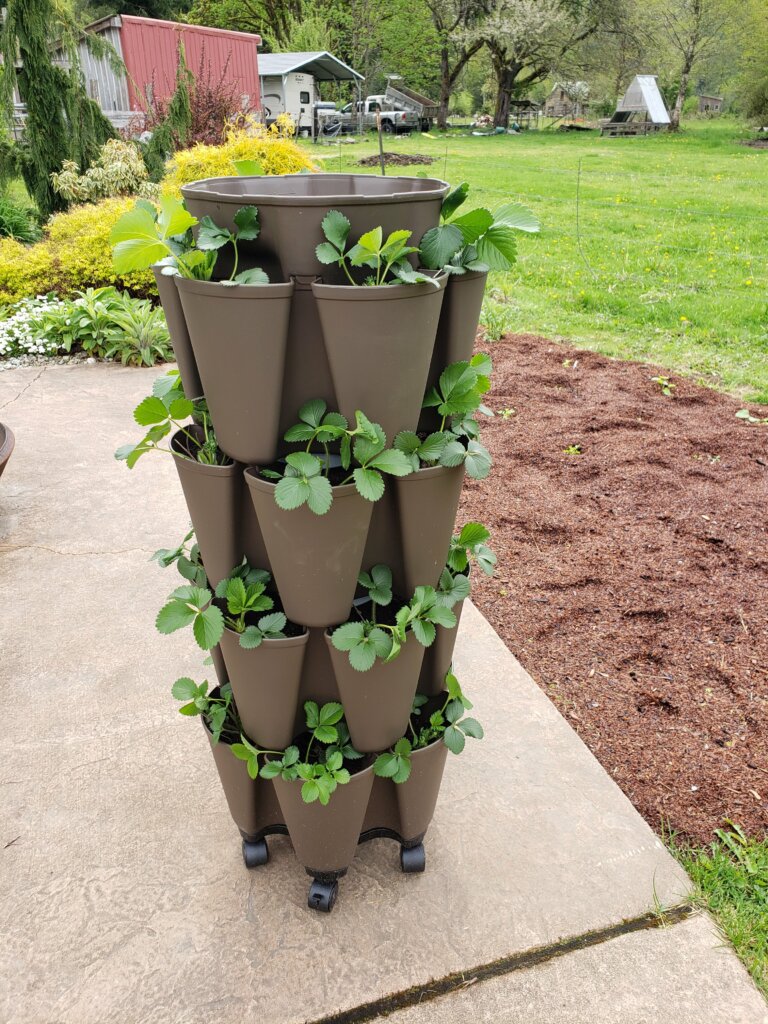
Strawberry Types and Varieties
Types of Strawberry Plants
There are several different types of strawberry plants. We plant a bed of each kind because they serve different purposes.
- June-bearing Plants – They produce one large crop from mid-June (sometimes May for warmer climates) through early July. You harvest all of the berries at the same time, which is preferable if you are preserving the berries.
- Ever-bearing Plants – Everbearing strawberries produce two different crops. One is ready in the early summer and the other in late summer or early fall. This is a great option if you enjoy eating berries fresh.
- Day-neutral Varieties – These plants have a longer harvest season and are often grown on plastic mulch.
Varieties of Strawberry Plants
Within the different types of strawberries, you can then choose a variety based on your growing zone, flavor preferences, and even your long-term goals. A few common varieties that do well are:
- Earliglow – These are June-bearing varieties, suitable for colder climates, and produce a firm, delicious berry. They are a vigorous plant and great for beginners.
- Honeoye – These are a very productive June-bearing variety. They have an excellent flavor, are disease-resistant, and are easy to grow.
- Ogallala – An ever-bearing strawberry that is drought-resistant and very flavorful.
Pro Tip: If you choose a few different types/varieties of strawberries, you will have fruit most of the growing season.

How Do Strawberries Grow?
Strawberries are a perennial plant that will continue to give you multiple years’ worth of harvest if taken care of properly.
Each plant produces several flowers that have yellow centers and white petals. After the yellow center is pollinated, the white petals will die off, and the yellow center then develops into the berry.
Strawberries spread via runners from the runner plant that re-root and grow new plants. A container or raised bed can keep them contained in the area you want them to grow.
Best Location To Plant Strawberries
Strawberry plants don’t have very finicky growing conditions, but they will require at least six hours of full sun. They also prefer well-drained soil. Containers, pots, and raised strawberry beds are great options for strawberries. It gives home gardeners more control over the soil as well as allowing you to choose the sunlight location.
Pro Tip: If you are building containers or garden beds with wood, make sure any lumber you use is non-treated for your edible beds. Cedar is water-resistant and slow rotting, so it makes a great choice.
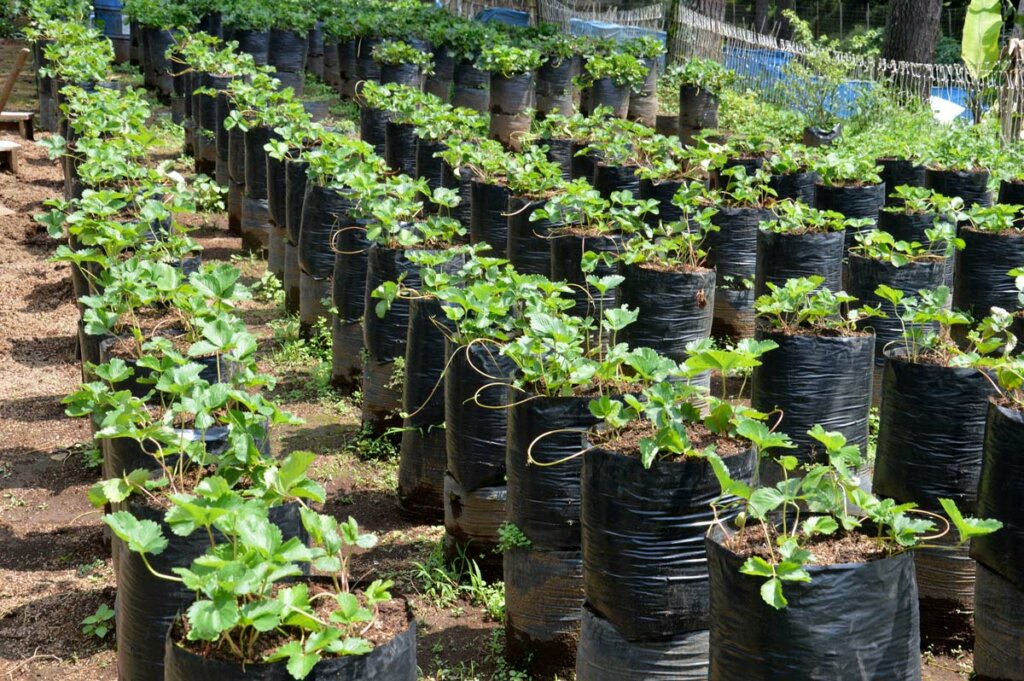
When is the Best Time to Plant Strawberries
The best time to plant bare-root strawberries is in the early spring, as soon as the ground has thawed and is workable. If you’re working with an established strawberry bed, it may be necessary to thin out your patch from time to time.
Propagation: Multiplying Your Strawberry Plants
Strawberry plants send off runners (or baby plants) each year. That runner will grow out of the “mother” plant and land in the soil, creating roots of its own. Once that new plant becomes established, the shoot from the mother plant will die, and it becomes its own new mother plant that will send off runners the next year.
It’s typical for a mother plant to last about three seasons. If you want to ensure you always have a continuous supply of strawberries each year, you’ll want to pay attention to the mother plants and their runners and make sure if you have to thin your beds that you’re thinning out the oldest plants, allowing the newer plants to become more established.
If you’re planting strawberry seedlings, the best time to plant them is after the danger of frost has passed.
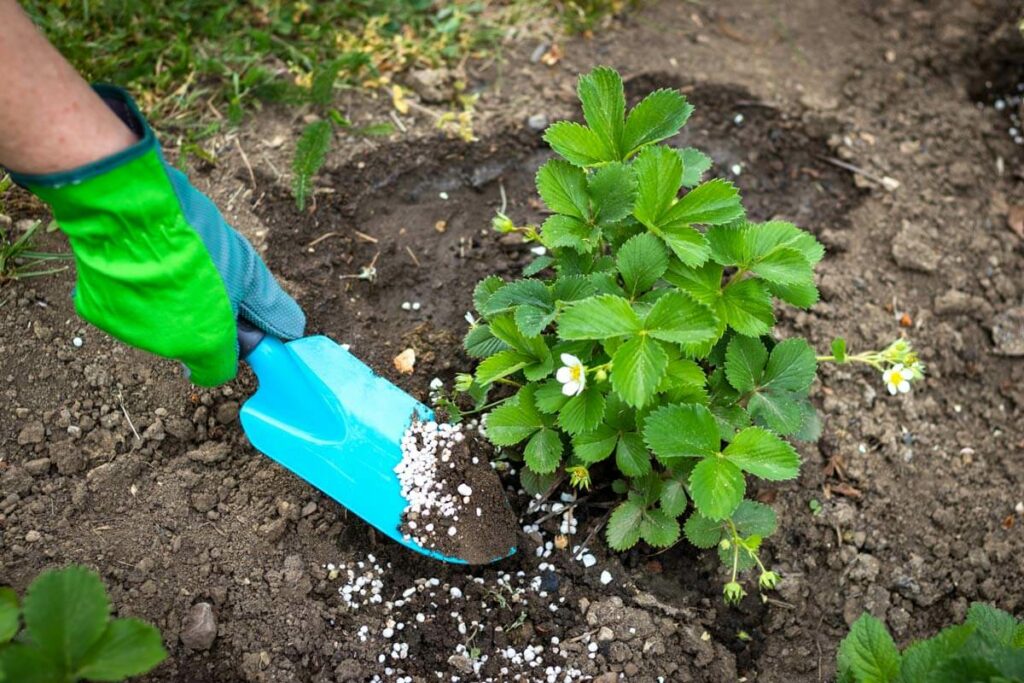
Supplies Needed
- Strawberry Seedlings or Bare Root Plants – Keep in mind seedlings should be planted after any danger of frost has passed.
- Soil – Strawberries don’t require heavy fertilization, but they will benefit from an organic compost potting soil mix. To learn how to make your own compost, check out these 7 DIY ways to compost at home. Additionally, strawberries need to be kept moist, but their roots don’t tolerate standing water. Good drainage is a must! If you have clay soil, make sure to amend it with a good compost mix. You can learn how to easily test and amend your soil here.
- Shovel – Strawberries don’t need to be planted too deeply, so a garden trowel works well.
- Sunshine – Strawberries require at least 6 hours of full sun per day, and will do even better with more.
- Water – Bare root plants will need to be soaked in water for at least 30 minutes to an hour before planting. Take care to only submerge the roots in the water. For tips on garden watering strategies, check out the best way to water a vegetable garden.
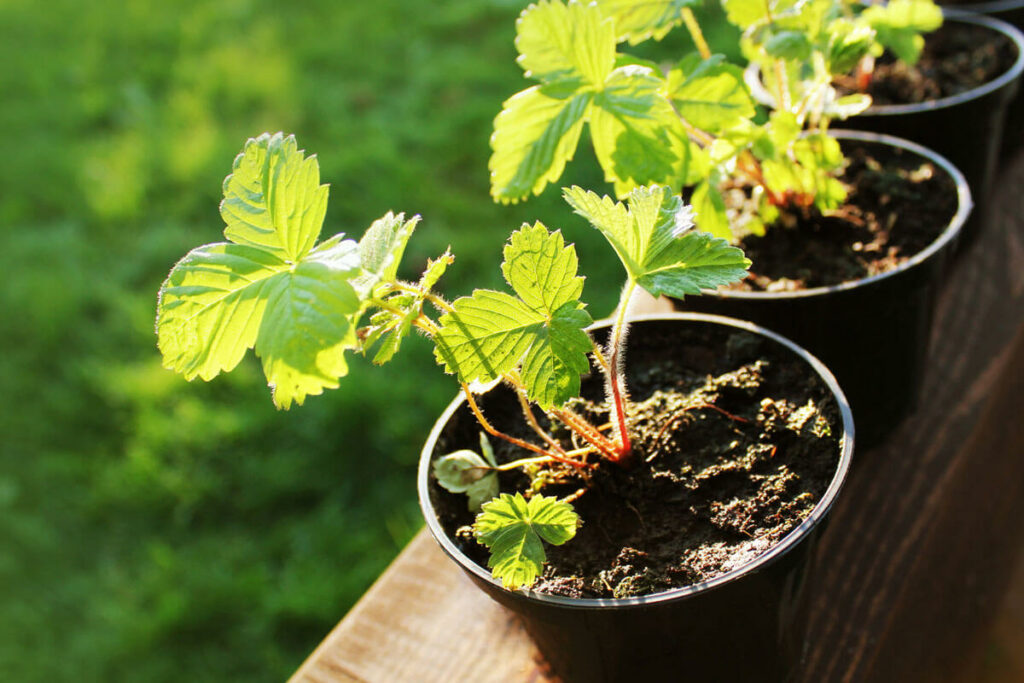
How To Plant Strawberries
- If planting bare roots, soak in water at least 30 minutes before planting.
- For container planting choose a pot at least 8 inches in diameter and 6 inches deep for each plant. For in-ground and raised bed planting, dig a hole about 4-6 inches deep. The recommended distance between June-bearing strawberry plants is 15-24 inches and Ever-bearing plants is 10-18 inches apart.
Pro Tip: Strawberries can be susceptible to fungal diseases, so keeping space for good air circulation is your best defense. If you plant them at the minimum spacing suggestions, you’ll need to keep the runners removed so your plants don’t become crowded. An additional benefit is the berries will ripen more quickly if they’re not crammed together! - Firm up a cone of soil in the center of the hole.
- Place the strawberry plant on the cone and arrange the roots around the cone. Fill in the hole with soil, and tamp down lightly.
- Water the strawberry plant, making sure the crown of the plant remains at soil level or slightly above.
If you’re looking for an edible ground cover crop, consider planting strawberries! Their runners will shoot out and cover the ground nicely, plus provide you with food each year.
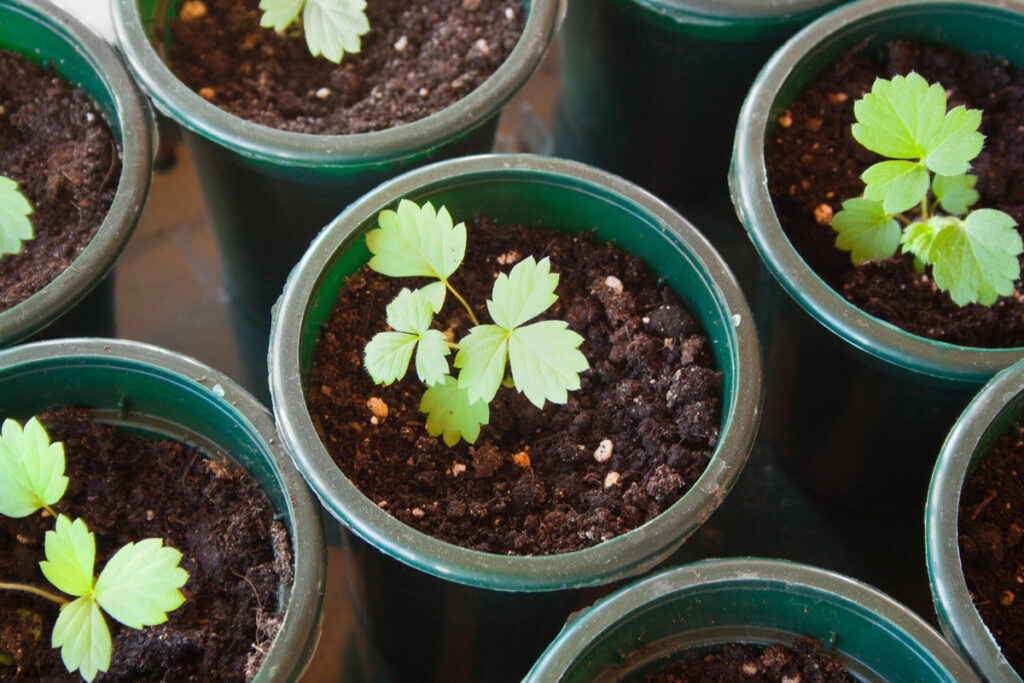
How to Grow Strawberries From Seed
Growing strawberries from seed is a great way to get fresh strawberries without having to spend the money on starts. It’s also a fantastic way to grow heirloom varieties that are getting harder and harder to find.
Cold Stratification
The most difficult part of growing strawberries from seed is germination. Most strawberry seeds require cold stratification to germinate. If you experience cold temperatures below 41°F for 12 weeks, you could plant your strawberry seeds in the fall, just before the cold weather hits. They would then germinate and grow in the spring.
If you don’t experience a solid 12 weeks at 41°F, you can use the refrigerator for cold-stratification.
Planting Strawberry Seeds
- After cold-stratifying the strawberry seeds, remove them from the refrigerator and leave them on the counter until they warm up to room temperature (do not open up the bag to avoid condensation).
- Start strawberry seeds indoors 10-12 weeks before your last frost.
- Since strawberry seeds are so small, they can be sown directly on top of a high quality, pre-moistened potting mix. Add 3-4 seeds per cell and gently press them into the soil (no need to top with soil).
- Place trays under grow lights or in a sunny south-facing window.
- Mist strawberries daily with a spray bottle until germination occurs. Keep soil moist but not soggy. Germination rates vary between strawberry varieties and can take anywhere from 14-28 days.
Plant strawberry plants out after the chance of frost has passed. The first year, you’ll want to pinch flowers to allow the plant to establish a strong root system. If you do so, next year’s crop will be much healthier.
As your plants continue to grow, you can replant runners to keep an endless supply of strawberry plants.
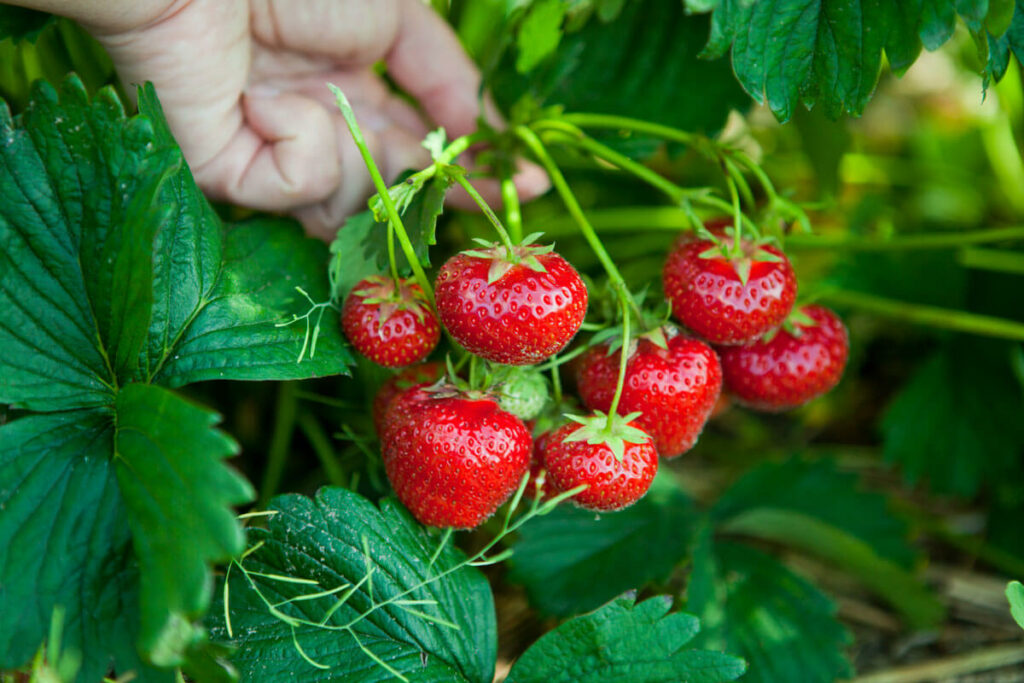
Caring For Strawberry Plants
- Spring – After you have planted in early spring, make sure to pinch off any strawberry flowers that bud for the first few weeks. You want the plants to conserve energy for when they pollinate and produce fruit. Looking for more direction on what to do in the garden during the spring? Check out gardening in March, gardening in April, and gardening in May where I break down each garden task by month.
- Summer – During the summer, as the strawberry runners start to grow, turn them in the direction you want them to fill in your garden and press the ends gently into the soil. Continue to water and fertilize (compost) the plants throughout harvesting. If you have everbearing strawberries, you should get a nice continual harvest all the way through late summer.
- Fall – When fruit production stops and the temperature drops, cover the plants with 6” of straw mulch to protect them through the winter months.
- Winter – For in-ground planting and raised beds, the straw mulch will be enough to protect the plants over the winter. However, you should move potted strawberries into a high tunnel, garage, or another shelter that will protect them from extreme freezing temperatures. Alternatively, you can bury plastic pots (not terracotta) so that the top of the pot is flush with the ground. Looking for more direction on what to do in the garden during the winter?
- Pests – There are a few pests that enjoy strawberry plants, including slugs and crows. I’ve been told if you paint a few rocks red (about the size of a ripe strawberry) and place them around your strawberry plants before your strawberries ripen that, the crows will think they’re strawberries, and when they’re met with a hard rock, will leave your strawberry beds alone. As for slugs, you can try using these beer traps that work wonderfully for my brassicas. Check out this post for more organic pest control.
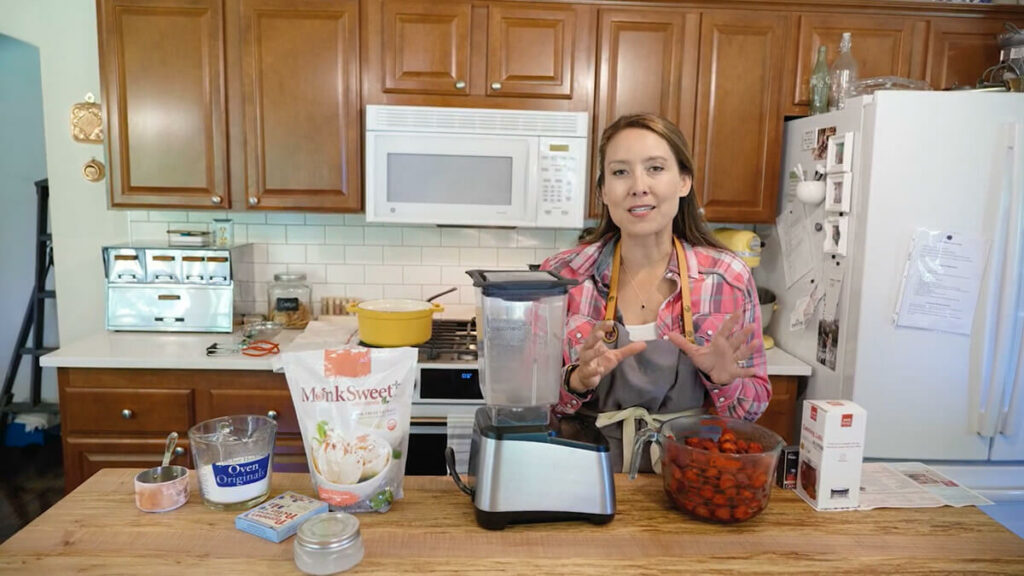
When to Harvest Strawberries
The beauty of growing strawberries is they’re pretty easy to tell when they’re ripe. You’re looking for a bright red strawberry! Be sure to turn the strawberry over to check the underside before harvesting. Sometimes, there are still yellow or green portions on the berry.
Once you pick a strawberry, it will not ripen any further, so keep it on the vine until the entire berry is a nice deep red.
When harvesting your strawberries, try to keep the stem intact. This will keep the strawberry fresh as long as possible. Also be gentle with them as you’re picking. Strawberries have a very thin flesh and bruise or nick easily.
Check out this post on storing strawberries for maximum freshness.
Conclusion
There’s no better fulfillment than growing strawberries right in your own backyard. You can multiply your bounty by learning how to propagate your strawberry plants in just a few years! With a little patience, you can grow enough to eat fresh all summer long and have plenty left over for the freezer, to make jam and maybe even make a few servings of homemade strawberry shortcake.
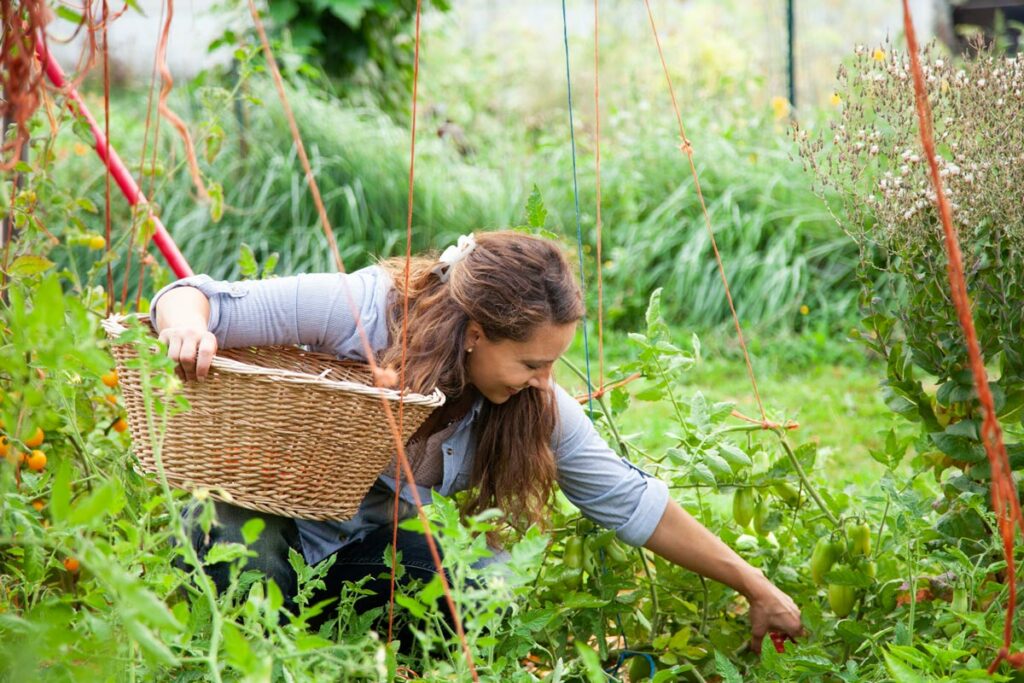
More Posts You Might Like
- Planting Berry Bushes & Fruit Trees (How Many to Plant Per Person)
- Your Gardening Questions Answered
- When & How to Plant Fruit Trees
- How to Prune a Blueberry Bush for a Larger Harvest
- Planting Raspberries – Soil Prep, Growing & Caring for your Raspberry Plants
- How to Grow Elderberries
- Low Sugar Strawberry Jam Recipe
- Strawberry Rhubarb Jam Recipe
- Strawberry Shortcake Recipe
- Real Food Strawberry Rhubarb Dump Cake Recipe
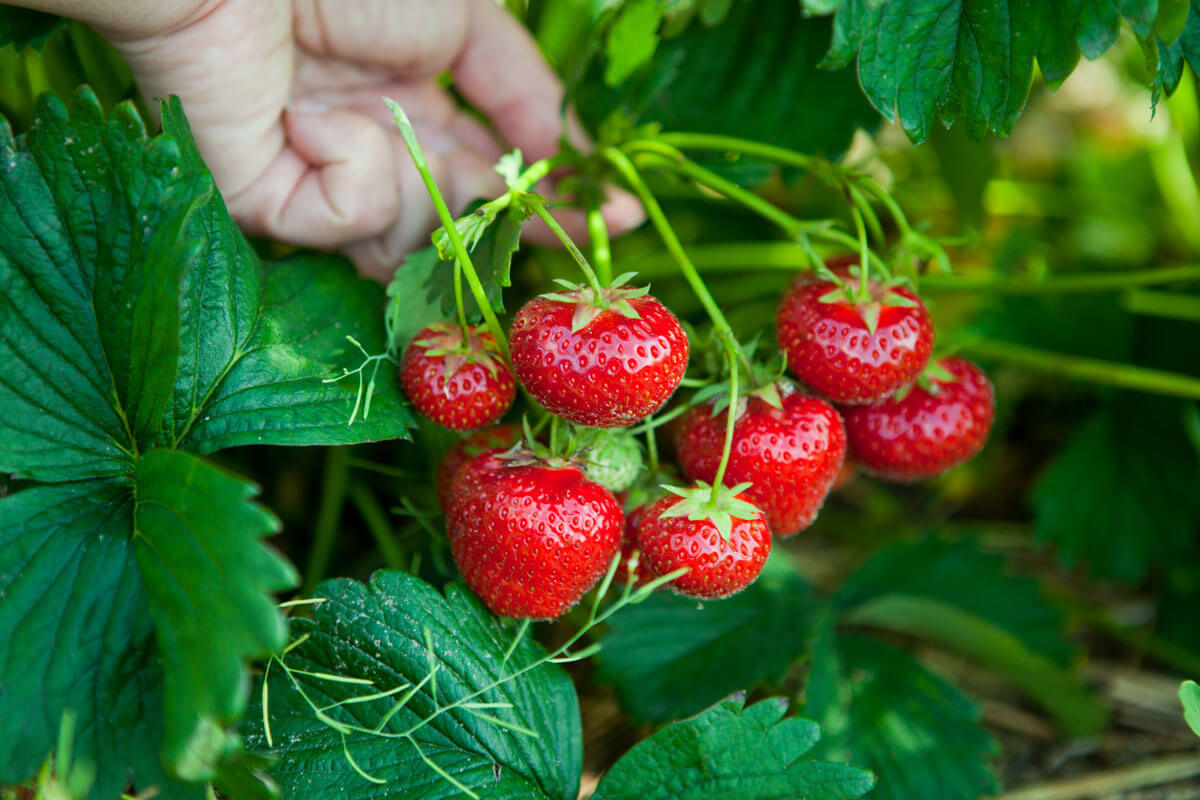

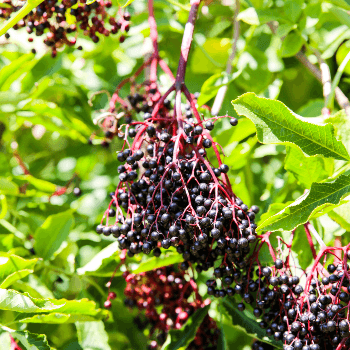
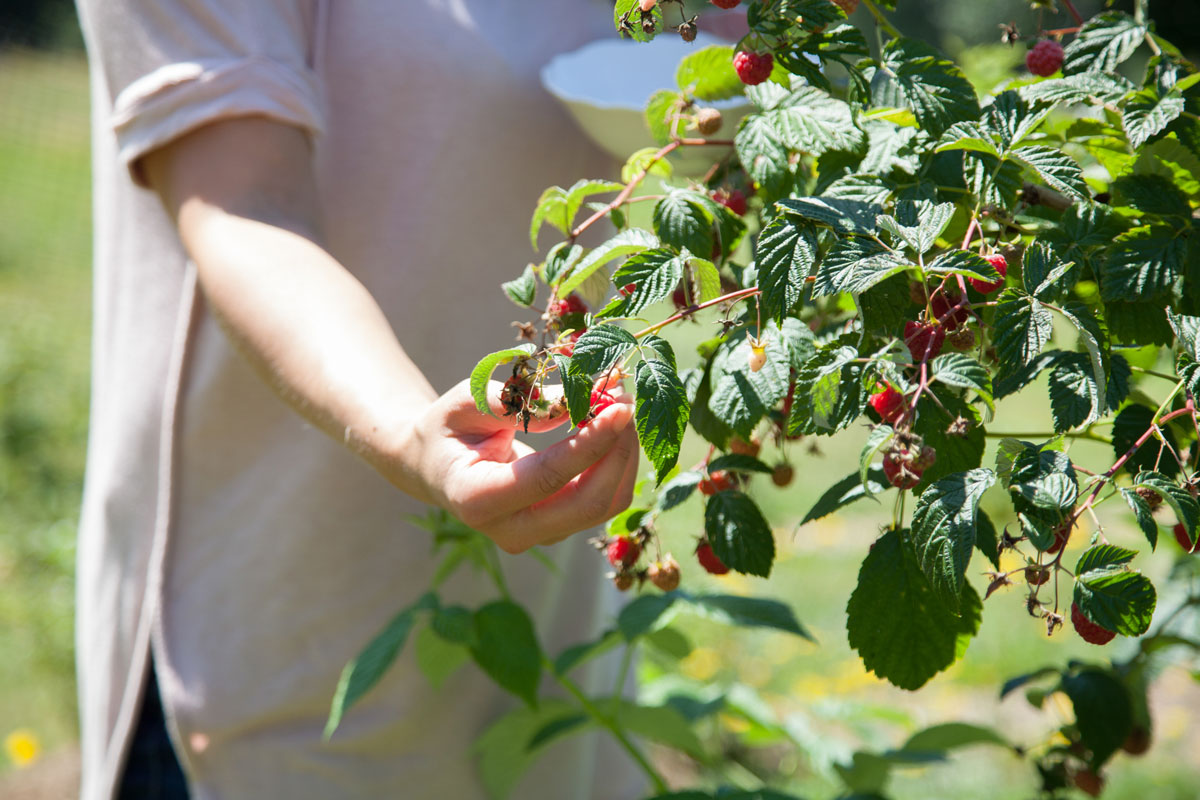
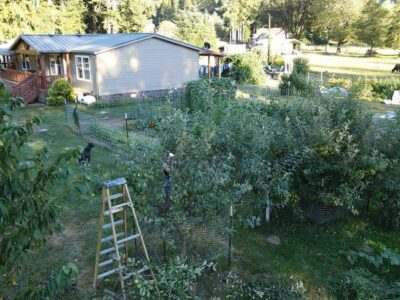
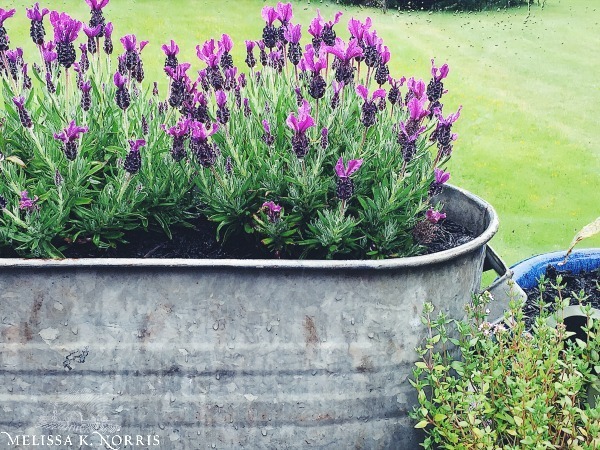
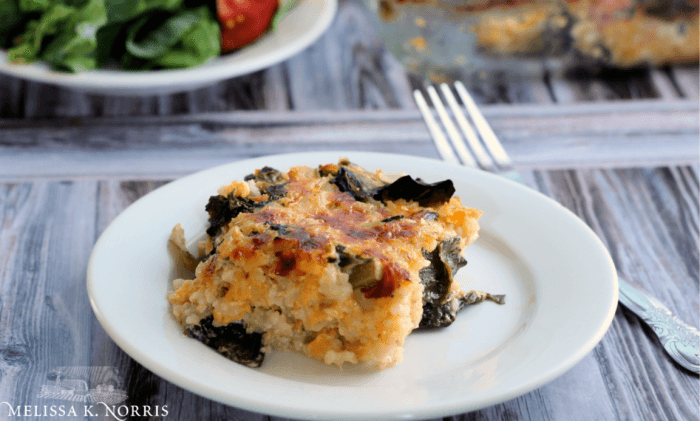
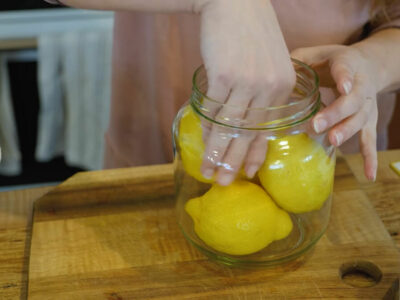
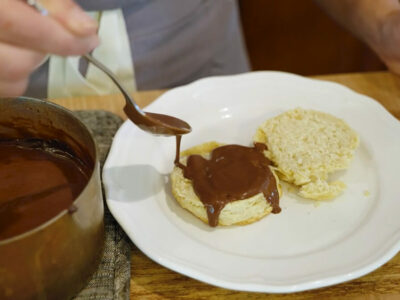
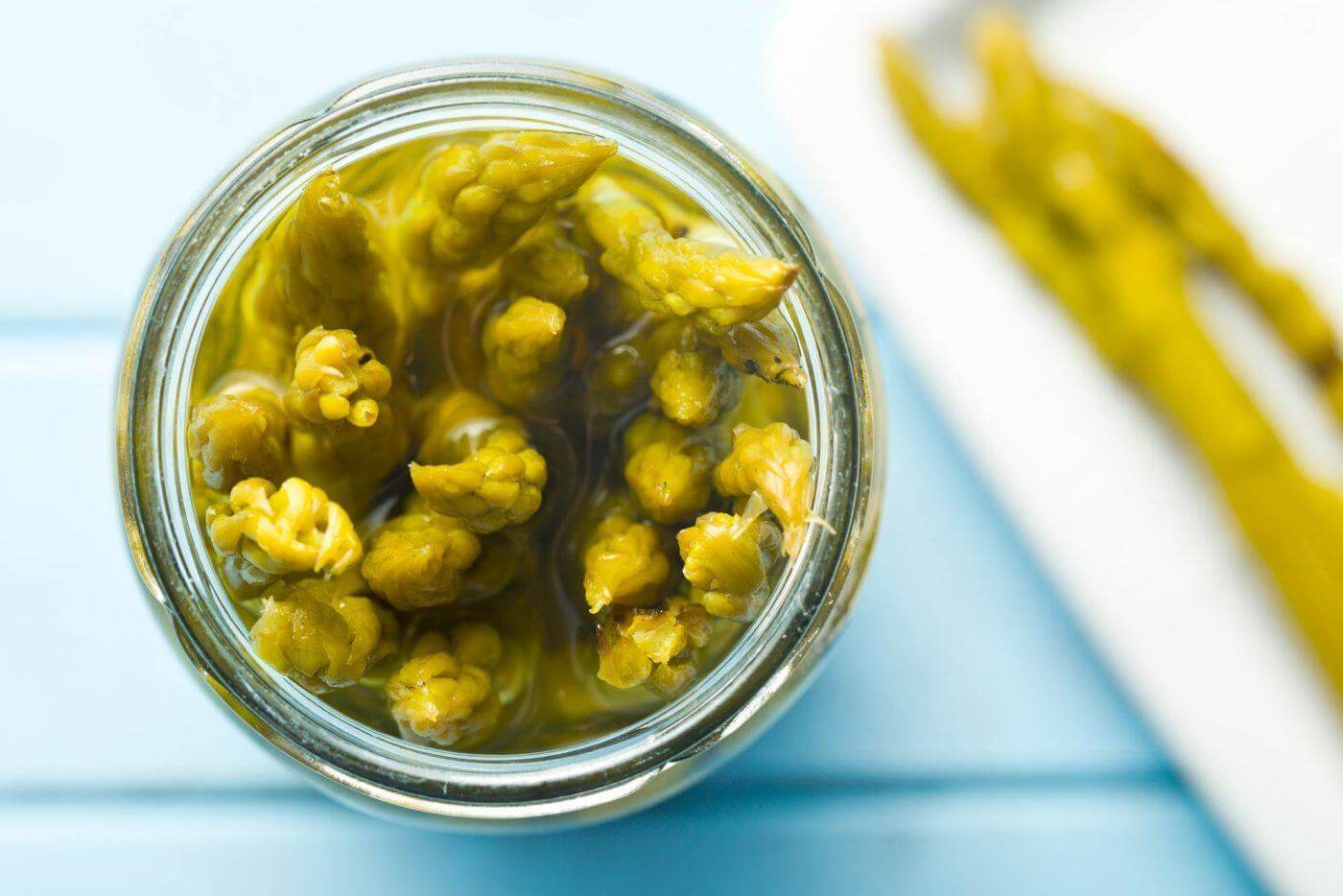

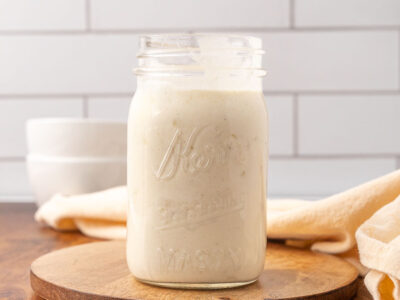
I have a question: I planted my strawberries in late winter, they have bloomed and showing amazing growth. However, some leaves were showing disease, so I pinched off those leaves and put them in my burn pile. The leaves turned red with black outlined dots that seemed like windows, how do you propose I treat the plants organically? I’ll be adding a few herbs to companion plant. 🪴 it’s angular leaf spot I believe
Have you ever grown pine berries I don’t have very good luck with strawberries. I’m going to try more of your method, but I want to gross pine berry because my nephew loves them thank you.
Hi Melissa! Thanks for all the tips!! I have a question about storing the containers of strawberry plants in a shed/garage/high tunnel and how often you need to water them? Thanks!! Alexis
Do you have any suggestions on how to get rid of pests (bugs) in a strawberry patch? Last year I had a problem with something eating the almost ripe fruit. Not sure what it was.
Thank you so much for the tips .So important especially for the times we live in .Cheers and Bless your heart!
I have two berry spots. One plant I put in the front of an 18″ pot nested with a smaller container in the center. It has come back two seasons to produce nicely. The other patch I created in a clay pot using runners from the first plant. The berries do well in June, so I assume I need to look for an ever bearing set of plants. Thank you for the info. Great page!
(I signed up for your booklet, but the page is giving me a 404 error – page not found! Please, advise! =) Thanks…)
Maria,
Sorry you’re having difficulties with the booklet, but good job on the berries! Here’s the freebies page (I actually have quite a few freebies) if this doesn’t work, let me know. The freebies will come via email. https://melissaknorris.com/freebies/
[…] If you plan on moving an established fruit tree or fruit plant or planting a bare root or potted tree, be sure you dig a hole twice as wide and twice as deep. Create a cone shape of dirt in the bottom of the hole and spread the roots out and down this dirt cone (same technique in How to Plant Strawberries) […]
What is the best soil to plant strawberries in? This is our first time to plant.
[…] Strawberries […]
Can strawberry’s be planted in metal tubs?
Ron,
You can, but you need to follow some guidelines and line the tub properly as it can offer some health risks if you don’t. Here’s a good article on how to do the metal tub route. http://www.gardenguides.com/111137-plant-strawberries-rusty-galvanized-tubs.html
Thank you Melissa for all this information on strawberries.
my patch is quite overgrown
, and soon as I get some nice weather
I will go out and remove a lot of the runners..I did this last fall but there are a lot on them now…I need the berries to grow larger….
thanks again
If you mulch them heavily (woodchips), it helps them to stay moist. When the seasons done, put a thin layer of your woodchips on them through the winter and before you know it, new ones will sprout in spring and old will die and decompose into the ground! Very low maintenance…no weeding involved! Win, win!
Excellent tip! Any way to cut back on weeding is a win indeed.
I was given a hanging strawberry plant last year as a gift and I was pretty disappointing with the berries it produced. We only got a handful of really tiny berries so I’m not sure if it was the type of plant itself or what. I’m going to look into getting more this year. Thanks for the tips!
Linda, we tried the hanging tomato plants one year, but they didn’t do well either. We had a hard time keeping the soil moist. Strawberries don’t produce as much their first year, so that might have been part of it. Do you know what kind of berries they were?
I’ve always wanted to plant strawberries but just don’t know if I have to space.
Theresa, you can even just do four plants in a whiskey barrel planter, or try one of those hanging strawberry planters.
Greetings from Southwest Kansas! We’re growing our first container garden this year. We bought a pink plaatic kiddie pool and drilled 1/4 ” holes in the bottom for drainage. We planted ever-bearing “Tristan” strawberries around the middle of May. We’ve had such a cool start to our summer, but they are really starting to produce fruit now. They aren’t very sweet, but maybe because they are so tiny. Just wanted to share what we’re trying.
Hello! So happy to hear about your planting and thanks for sharing.
Would love to grow strawberries but they seem to be a lot of work. I have thought of having a big round strawberry patch but never got to it.
Karen, they’re really not that much work. I haven’t done a thing to them in the two weeks since I planted them. 🙂
LOVE this! Love the wonderful ideas you have on your site. Have saved it and will be back.
Yea! So glad to meet you Mary and look forward to hearing more from you. 🙂
Such helpful information! Thank you for providing it. I have June-bearing strawberries that are way too crowded according to this. I can immediately make some changes 🙂 I am going to go out and buy me some Everbearing ones also since my youngest and I like to pick and eat any strawberries that we can find fresh.
So happy the article helped you, Joan. Let me know what you think of having both varieties.
Rabbits always eat my strawberries 🙁
Try netting them. Or moving into raised beds where they can’t reach. I’ve heard Bobex (organic safe spray) works well.
So excited to have our first garden this year (although I had one as a child, my hubby did not and since we have recently moved from the city to the country…). I am actually planning to plant strawberries so this was most helpful!
Awesome. Look forward to hearing about it, Amanda. I’ll have more gardening posts related to the season as we go. 🙂
We inherited a strawberry patch when we moved into our house. Sometimes it produces lots of berries, other times not. I am ignorant when it comes to taking care of the patch. Any tips?
Also – it seems to attract snakes. We already saw one out there the other day. Any tips on keeping these pesky guys away?
Oh yeah, now I remember we had birds eating them last year. Thoughts on that?
Thanks!
Hi, Barb. Are you pinching back the runners? Pinching off the new plants forces the energy into producing and ripening the berries instead of sustaining new plant growth. Also, if the plants have been there awhile, they might need some new compost mixed in with the soil.
Try some garden netting over the rows to keep the birds out, and if you secure the netting to the ground, it might keep out the snakes.
Hope that helps!
Botanical Guardian HISS OFF Snake Repellent is an All-Natural way to protect yourself and your family from snakes. Formulated with All Natural Plant Oils(Read More) our Snake Repellent creates an invisible shield protecting your home, campsite, tent, crawlspaces, gardens and flower beds.
Unique, All-Natural Formulation that is naphthalene free and will not harm vegetation. Formula is environmentally safe and keeps snakes away from gardens, flower beds, crawlspaces and patios. It works by confusing a snake’s sense of smell and taste, forcing them to go away.
16 fl. oz. concentrate saves over 80% from using individual spray bottles.